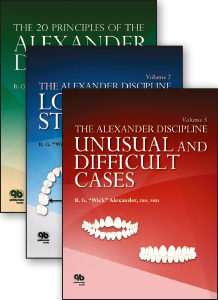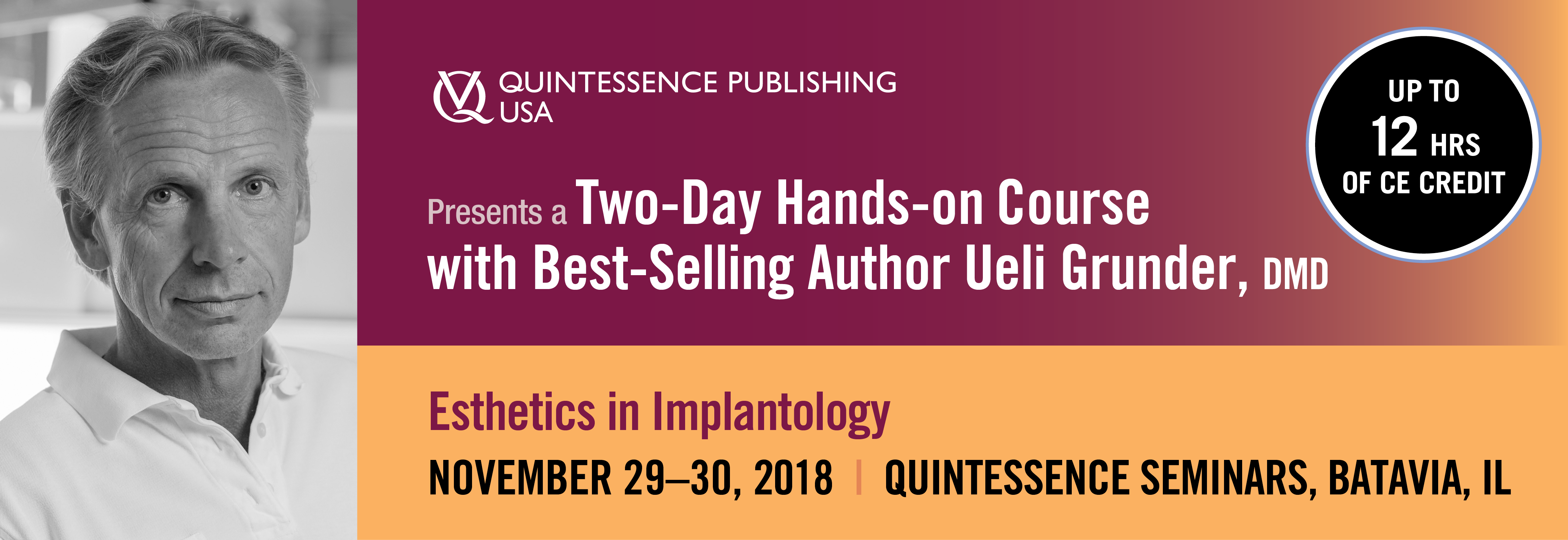January Monthly Special
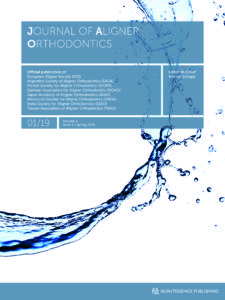 Journal of Aligner Orthodontics
Journal of Aligner Orthodontics
Editor-in Chief: Werner Schupp
This journal publishes clinically relevant articles on the entire range of digital aligner orthodontics, with a focus on the medical and scientific aspects and their practical relevance. Articles include case reports, clinical studies, studies on materials and devices, and literature reviews covering basic procedures, special situations, and multidisciplinary treatment. Auxiliary procedures such as oral scanning and 3D printing are also covered. In addition, the journal contains editorials, expert discussions, tips and tricks, summaries of articles from other journals, book reviews, and news from the industry.
4 issues/year print and online; Individual subscription rate: $116 Special price! $92.80
New Titles in Books
Hilton Riquieri
This beautiful atlas conveys not only the practical knowledge of dental anatomy but also the art of sculpting it in wax. The ideal anatomy of each dental structure is described in detail and the waxing techniques are beautifully illustrated step by step for visual reference. The author demonstrates that for every morphologic feature there is an explanation in nature, assigning significance to every minute feature of dental morphology. Organized by tooth and arch, this book views morphology through a clinical lens and repeatedly draws connections between anatomical features and clinical concepts. The fundamental knowledge presented in this text is essential for improving waxing and sculpting techniques and will be useful for students and specialists alike.
332 pp; 1,507 illus; ©2019; ISBN 978-0-86715-770-3 (B7703); $172 Special preorder price! $138
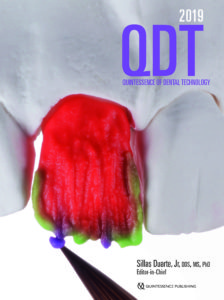 Quintessence of Dental Technology 2019: Volume 42
Quintessence of Dental Technology 2019: Volume 42
Edited by Sillas Duarte, Jr
QDT 2019 presents a potpourri of original articles highlighting new techniques and novel approaches for creating beautiful smiles—both in form and function. Featured articles include an innovative procedure for predictably matching a veneer to an implant crown, a program for producing a personalized smile based on its visual identity, and the Plane System for virtual functional and esthetic analysis, diagnosis, and CAD/CAM fabrication. These are but a few of the pearls found in this year’s beautifully produced annual resource for the dental technician and restorative clinician.
232 pages; 1,000+ illus; ©2019; ISBN 978-0-86715-816-8 (JQ630); $156 Special preorder price! $125
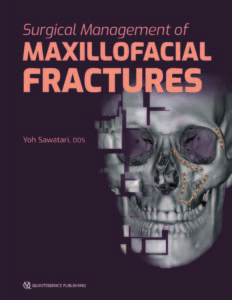 Surgical Management of Maxillofacial Fractures
Surgical Management of Maxillofacial Fractures
Yoh Sawatari
The facial skeleton is comprised of vertical and horizontal buttresses and the intersections they create; maxillofacial fractures occur when these buttresses sustain more force than they can withstand. The objective when managing these fractures is to reverse the damage that these buttresses sustained and restore appropriate facial dimensions. Not all fractures propagate in the same pattern, so surgeons must compartmentalize the face and define the character of the individual bones. This book approaches the face one bone at a time, outlining how to evaluate each type of fracture, the indications for surgery, the surgical management, and any complications. Specific protocols for clinical, radiographic, and CT assessment are included, as well as step-by-step approaches for surgical access and internal reduction and fixation. Isolated fractures are rare with maxillofacial trauma, and the author discusses how to sequence treatment for concomitant fractures to ensure the most successful outcome. This book is a must-have for any surgeon managing maxillofacial fractures.
256 pp; 254 illus; ©2019; ISBN 978-0-86715-794-9 (B7949); $178 Special preorder price! $142
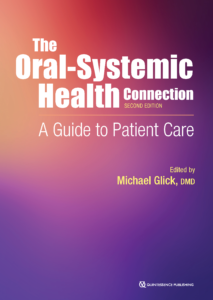 The Oral-Systemic Health Connection: A Guide to Patient Care, Second Edition
The Oral-Systemic Health Connection: A Guide to Patient Care, Second Edition
Edited by Michael Glick
As the oral-systemic health connection continues to be the focus of an overwhelming amount of scientific literature, it is important for dentists to stay informed in order to be a reliable source of information for their patients regarding both oral and overall health. This second edition of The Oral-Systemic Health Connection: A Guide to Patient Care explores the connections between oral infections and systemic diseases/conditions, incorporating feedback from scientists, practitioners, and policymakers. In addition to updated chapters about cardiovascular disease, diabetes, inflammation, and adverse pregnancy outcomes, authors have contributed new chapters about antibiotic prophylaxis, the genomic connection, common risk factors, and the economic impact of this connection. Because interpreting this research can be challenging, new chapters about causal frameworks and biostatistical assessment have been added, and specific clinical considerations for providing dental care to patients with certain conditions have been included in selected chapters. Besides providing readers with up-to-date information on the complex connection between oral and general health, this book prepares oral health care professionals to critically read and evaluate new research to ultimately benefit their patients’ overall health.
384 pp (softcover); 85 illus; ©2019; ISBN 978-0-86715-788-8 (B7888); Available now! $48
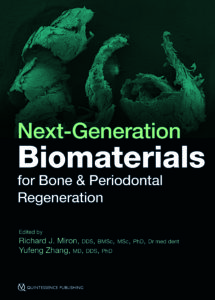 Next-Generation Biomaterials for Bone & Periodontal Regeneration
Next-Generation Biomaterials for Bone & Periodontal Regeneration
Edited by Richard J. Miron and Yufeng Zhang
New and innovative biomaterials are being discovered or created in laboratories at an unprecedented rate, but many of them remain entirely foreign to practicing clinicians. This book addresses this gap in knowledge by summarizing some of the groundbreaking research performed to date on this topic and providing case examples of these biomaterials at work. The book begins with a review of the biologic background and applications of bone grafting materials utilized in dentistry. The principles of guided tissue and bone regeneration are covered in detail, including many recent advancements in barrier membrane technologies as well as use of platelet-rich fibrin and various growth factors, and many next-generation materials that will optimize future bone and periodontal regeneration are presented. The final chapter is designed to help clinicians select appropriate biomaterials for each specific regenerative protocol. Much like one implant size and shape cannot be utilized for every indication in implant dentistry, one bone grafting material, barrier membrane, or growth factor cannot maximize regenerative outcomes in all clinical situations. This textbook teaches clinicians how to utilize biomaterials in an appropriate, predictable, and evidence-based manner.
384 pp; 960 illus; ©2019; ISBN 978-0-86715-796-3 (B7963); Now available! $218
The Sinus Bone Graft, Third Edition
Edited by Ole T. Jensen
As research proceeds on treatment of the resorbed posterior maxilla, new techniques and innovations continue to be adopted to solve this clinical problem. While the previous edition of this book provided detailed information on the types of grafting materials and procedures available at the time, this completely revised version looks to the future with new strategies for treatment, some of which avoid grafting altogether. This book not only reviews the time-tested lateral window approach for sinus elevation and grafting but also describes a variety of techniques to approach the sinus transcrestally with or without grafting material. One section of the book is devoted entirely to the different types of implants and implant placement techniques available, many of which are designed specifically to avoid sinus elevation. In addition to clinical case studies and descriptions of how to perform specific surgical procedures, this book includes discussions on the science of bone formation and how continued research brings us closer every day to the ultimate goal of using tissue engineering to completely regenerate new teeth.
288 pp; 948 illus; ©2019; ISBN 978-0-86715-791-8 (B7918); Now available! $168
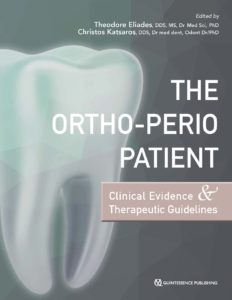 The Ortho-Perio Patient: Clinical Evidence & Therapeutic Guidelines
The Ortho-Perio Patient: Clinical Evidence & Therapeutic Guidelines
Edited by Theodore Eliades and Christos Katsaros
Although most orthodontic curricula provide courses on interdisciplinary orthodontic-periodontic treatment, there are still surprisingly few resources on the topic. Written by leading scholars in the field, this book provides a broad analysis of the topic from both the periodontal and orthodontic perspectives. The authors systematically analyze the scientific and clinical interactions of these specialties by reviewing all the available evidence and using case studies to demonstrate principles discussed in theory. The result is a text that outlines the treatment fundamentals and shows how to improve the therapeutic outcomes involving orthodontic-periodontic interventions.
224 pp; 346 illus; ©2019; ISBN 978-0-86715-679-9 (B6799); Now available! $128
Douglas A. Terry
Este libro contiene las distintas aplicaciones de los compuestos de resina fluidos de nueva generación y las presenta paso a paso. Los primeros capítulos tratan sobre su evolución y la ciencia que respalda el concepto de su diseño adhesivo y la técnica compuesta de resina inyectable. Los capítulos siguientes presentan casos en los que se recurre a su uso clínico, como restauraciones anteriores y posteriores, coronas pediátricas, adhesiones de restauraciones indirectas, desarrollo del sitio de póntico ovoide, eliminación de la sensibilidad en el cervical del diente, sellado inmediato de la dentina, reparación de dentadura fracturada, entre otros. Cada presentación de caso incluye los varios diseños de adhesivos preparativos, técnicas reconstituyentes, protocolos adhesivos y los procedimientos finales correspondientes. Con el uso de este material ampliará las opciones de tratamiento dental, la precisión y la predictibilidad, reduciendo el tiempo del paciente en su consultorio.
292 pp; 914 illus; ©2019; 978-0-86715-775-8 (E7758); $118 Special preorder price! $94
Available January 2019
Read more about Restauración con fluidas here!
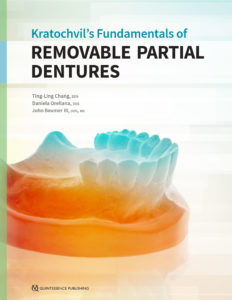 Kratochvil’s Fundamentals of Removable Partial Dentures
Kratochvil’s Fundamentals of Removable Partial Dentures
Ting-Ling Chang, Daniela Orellana, and John Beumer III
In the 1960s, Professor F. J. Kratochvil recognized the importance of biomechanics in removable partial denture (RPD) design and used these principles to develop a new design philosophy. This “RPI system”—a clasp assembly consisting of a rest, a proximal plate, and an I-bar retainer—changed how clinicians approach partial denture design and is now used throughout the world. This textbook provides an overview of Kratochvil’s design philosophy and the basic principles of biomechanics it is based upon. Topics include components of RPDs and their functions, design sequences for maxillary and mandibular RPDs, and techniques for surveying and determining the most advantageous treatment position. A chapter dedicated to digital design and manufacturing of RPD frameworks highlights new technology in this emerging field. Additional topics include optimizing esthetic outcomes through attachments and rotational path RPDs as well as applying the RPI system to patients with maxillofacial defects. The authors provide illustrations of clinical cases throughout the book as well as an illustrated glossary of prosthodontic terminology. This textbook will prepare students and general practitioners to design and fabricate a biomechanically sound RPD framework for just about any dental configuration they encounter.
240 pp; 748 illus; ©2019; ISBN 978-0-86715-790-1 (B7901); Now available! $108
Read more about Kratochvil’s Fundamentals of Removable Partial Dentures here!
Current Issues in Journals
Featured article: Evaluation of the Combination of Strip Gingival Grafts and a Xenogeneic Collagen Matrix for the Treatment of Severe Mucogingival Defects: A Human Histologic Study
Istvan A. Urban, Katalin Nagy, Sabine Werner, and Michael Meyer
Randomized Controlled Clinical Trial of All-Ceramic Single-Tooth Implant Reconstructions Using Modified Zirconia Abutments: Results at 5 Years After Loading
Andrea Laass, Irena Sailer, Jürg Hüsler, Christoph H. F. Hämmerle, and Daniel S. Thoma
The CAD/CAM Compound Prosthesis: Digital Workflow for Fabricating Cement-Retained Zirconia Prosthesis Over Screw-Retained Milled Titanium Bars
Meisam Faeghinejad, Periklis Proussaefs, Abdulaziz AlHelal, and Jaime Lozada
A Case History Report on Use of Orthodontic Intrusion in a Partially Edentulous Patient
Sachiko Maeda and Mari Nakaya
Evaluation of Sexual, Physical, and Emotional Abuse in Women Diagnosed with Temporomandibular Disorders: A Case-Control Study
Patrícia Krieger Grossi, Caroline Hoffmann Bueno, Mariana Álvares de Abreu Silva, Eduardo Piza Pellizzer, and Márcio Lima Grossi
Thematic abstract review: Complications with Zygomatic Implant Treatment
David Chvartszaid
Mechanical Behavior of Different Micro Conical Abutments in Fixed Prosthesis
João Paulo Mendes Tribst, Renata Marques de Melo, Alexandre Luiz Souto Borges, Rodrigo Othávio de Assunção e Souza, and Marco Antonio Bottino
Histologic Evaluation of Leucocyte- and Platelet-Rich Fibrin in the Inflammatory Process and Repair of Noncritical Bone Defects in the Calvaria of Rats
Walter Suruagy Motta Padilha, Andresa Borges Soares, Hamilton Navarro-Junior, Júlio César Joly, Daiane Cristina Peruzzo, Marcelo Henrique Napimoga, and Elizabeth Ferreira Martinez
Prevalence of the Signs and Symptoms of Temporomandibular Disorders Among Spanish Adults and Seniors According to Five National Surveys Performed Between 1993 and 2015
Javier Montero, Juan-Carlos Llodra, and Manuel Bravo
Association Between Contact from an Overerupted Third Molar and Bilaterally Redistributed Electromyographic Activity of the Jaw Closing Muscles
Shao-Xiong Guo, Bao-Yong Li, Kun Qi, Yuan Zhang, Li-Juan Zhou, Lu Liu, and Mei-Qing Wang
Genetic Variations of OPRM1, OPRK1, and COMT Genes and Their Possible Associations with Oral Pain in a Population from Argentina
María Celeste Raggio, Rebeca González, Diana María Hohl, Laura Angela Glesmann, and Cecilia Inés Catanesi
Finishing with clear aligner appliances: A systematic review
Beatriz Solano Mendoza, Galder Hernando Martín, and Carolina Caleza Jiménez
Comparison of tooth movement with aligners with and without acceleration devices. Part 2: Oral health-related quality of life and pain in patients with acceleration devices
Xianju Xie, Hongyang Yin, Werner Schupp, Julia Haubrich, Hanna Gerwing, and Yuxing Bai
Molar distalization 2 by 2
Patrice Bergeyron
Dental Meetings Quintessence Will Attend in January
Osseodensification World Symposium
hosted by Versah January 17–19 in Scottsdale, Arizona
43rd Annual USC International Periodontal and Implant Symposium
hosted by the Herman Ostrow School of Dentistry of USC January 25–26 in Los Angeles, California
AAO 2019 Winter Conference: Booth #321
hosted by the American Association of Orthodontists January 25–26 in Marco Island, Florida
Yankee Dental Congress: Booth # 1003
hosted by the Massachusetts Dental Society January 31–February 2 in Boston, Massachusetts
Upcoming Quintessence Events
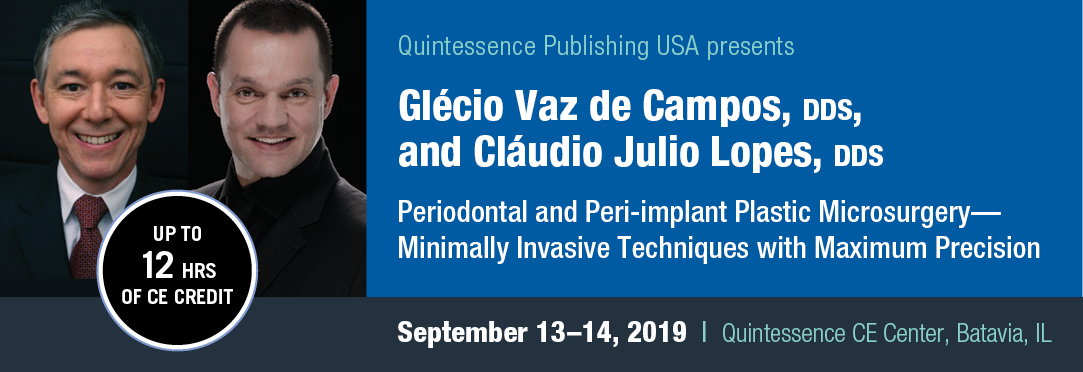
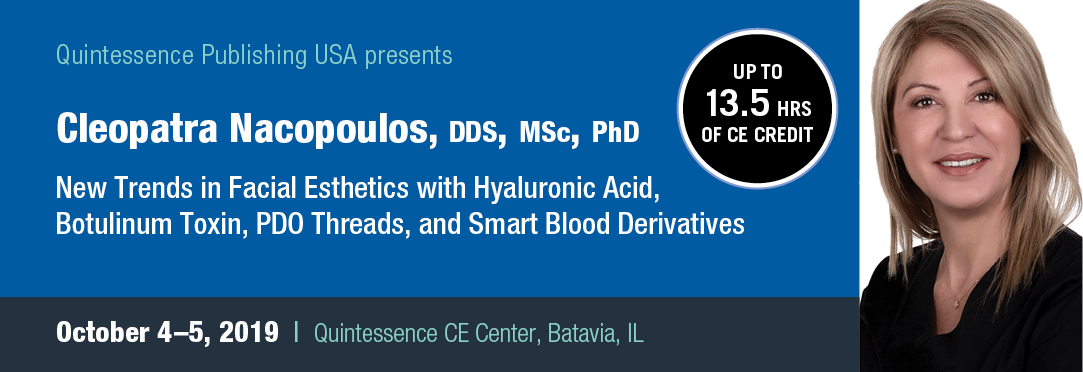
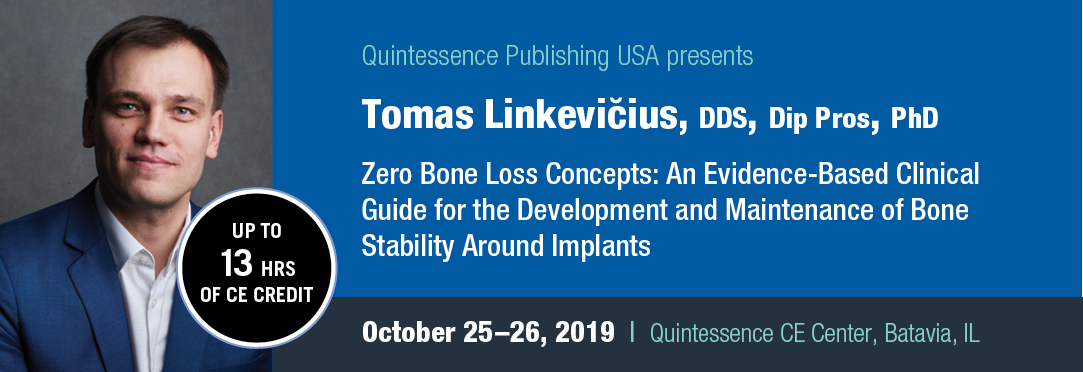

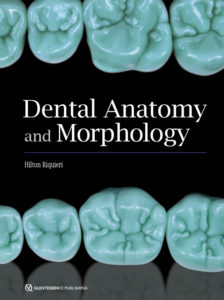
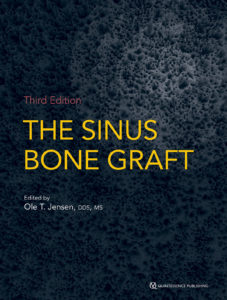
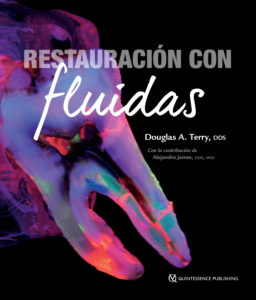

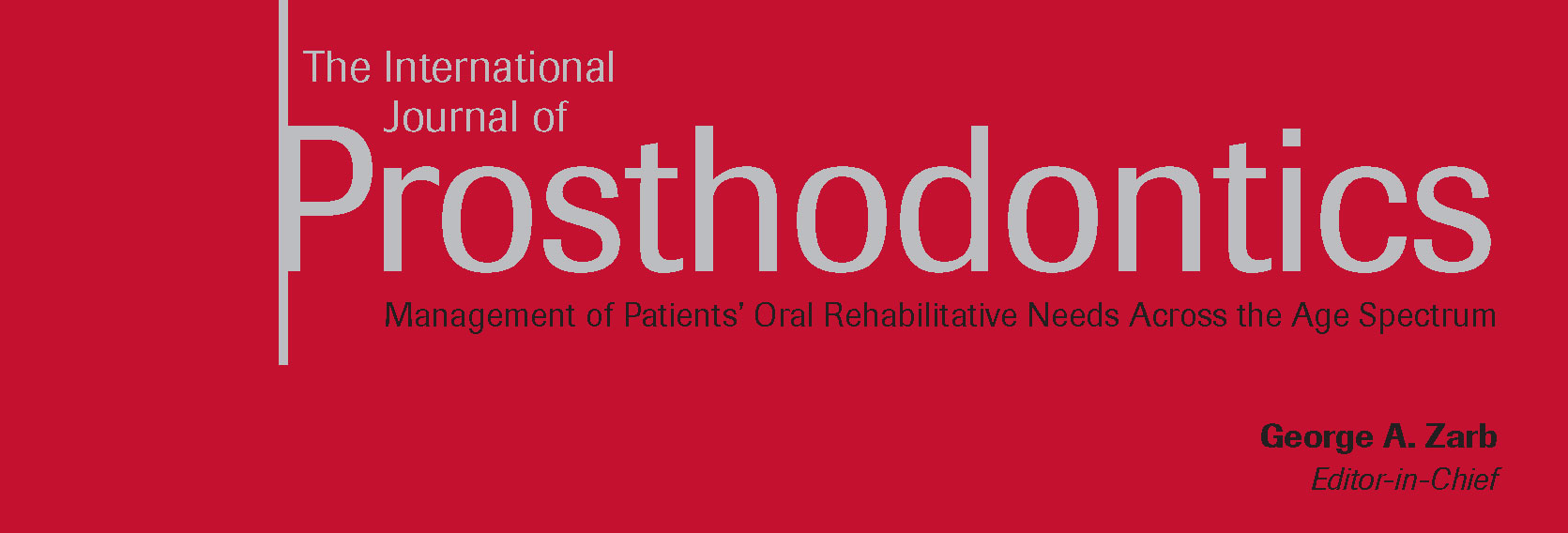




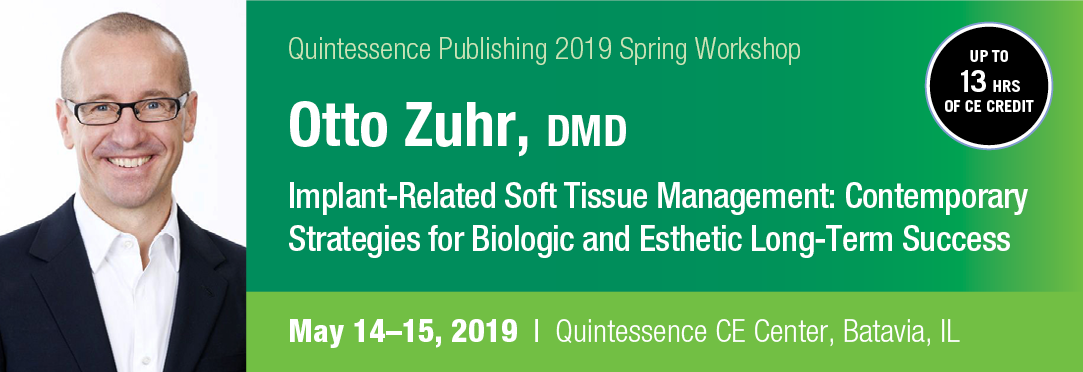

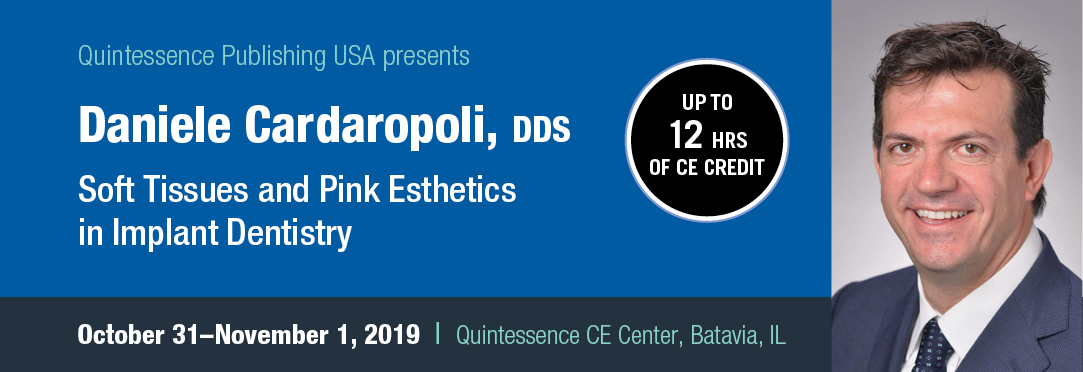
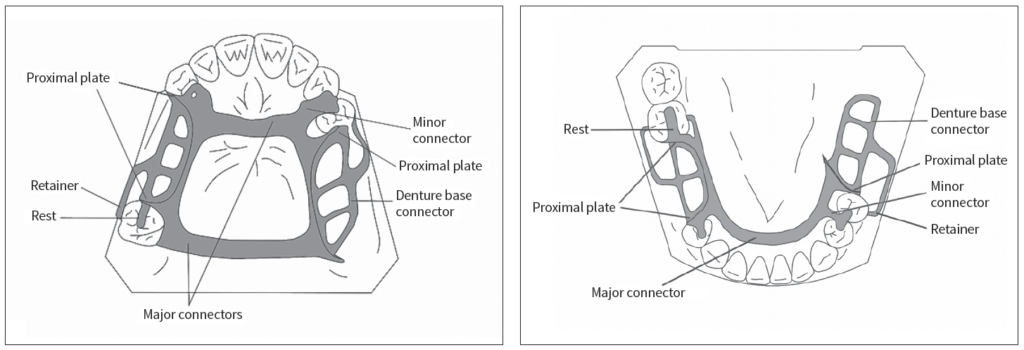
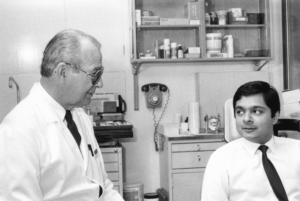







 Ting-Ling Chang, DDS, received her DDS from National Taiwan University in 1990 and completed two years of general practice residency and two years of prosthodontics residency training at National Taiwan University Hospital. She subsequently completed her advanced prosthodontics training in 1997 and maxillofacial prosthetics training in 1998 at the University of California, Los Angeles (UCLA). Dr Chang is currently a Clinical Professor in Division of Advanced Prosthodontics at the UCLA School of Dentistry. Dr Chang is a Diplomate of the American Board of Prosthodontics.
Ting-Ling Chang, DDS, received her DDS from National Taiwan University in 1990 and completed two years of general practice residency and two years of prosthodontics residency training at National Taiwan University Hospital. She subsequently completed her advanced prosthodontics training in 1997 and maxillofacial prosthetics training in 1998 at the University of California, Los Angeles (UCLA). Dr Chang is currently a Clinical Professor in Division of Advanced Prosthodontics at the UCLA School of Dentistry. Dr Chang is a Diplomate of the American Board of Prosthodontics.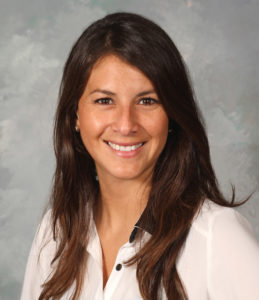 Daniela Orellana, DDS, received her DDS from the Universidad Andrés Bello, Viña del Mar, Chile, in 2008. She subsequently completed a postgraduate training program in prosthodontics at the University of Michigan in 2013 and an implant fellowship at Louisiana State University in 2014. Dr Orellana is currently a Clinical Assistant Professor in the Division of Advanced Prosthodontics at the UCLA School of Dentistry.
Daniela Orellana, DDS, received her DDS from the Universidad Andrés Bello, Viña del Mar, Chile, in 2008. She subsequently completed a postgraduate training program in prosthodontics at the University of Michigan in 2013 and an implant fellowship at Louisiana State University in 2014. Dr Orellana is currently a Clinical Assistant Professor in the Division of Advanced Prosthodontics at the UCLA School of Dentistry.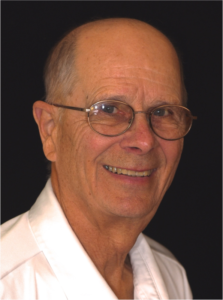 John Beumer III, DDS, MS, received his DDS from the University of California, San Francisco in 1967. He subsequently completed his postgraduate training in oral medicine there in 1970 before continuing with postgraduate training in prosthodontics at UCLA. He is a Distinguished Professor Emeritus in the Division of Advanced Prosthodontics at the UCLA School of Dentistry and was formerly chair of that division. Dr Beumer has published extensively in the scientific literature, including Maxillofacial Rehabilitation (Quintessence, 2011) and Fundamentals of Implant Dentistry (Quintessence, 2015–2016).
John Beumer III, DDS, MS, received his DDS from the University of California, San Francisco in 1967. He subsequently completed his postgraduate training in oral medicine there in 1970 before continuing with postgraduate training in prosthodontics at UCLA. He is a Distinguished Professor Emeritus in the Division of Advanced Prosthodontics at the UCLA School of Dentistry and was formerly chair of that division. Dr Beumer has published extensively in the scientific literature, including Maxillofacial Rehabilitation (Quintessence, 2011) and Fundamentals of Implant Dentistry (Quintessence, 2015–2016).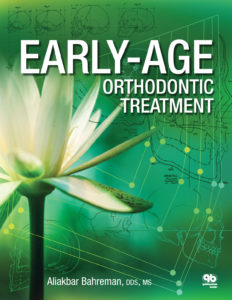
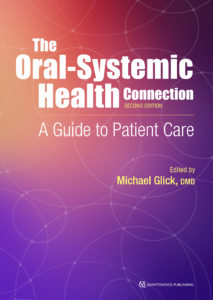
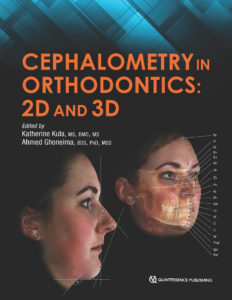
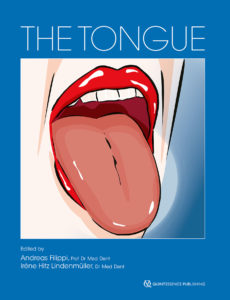
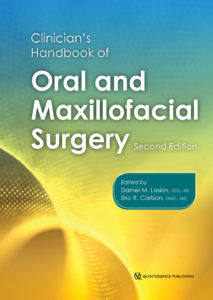
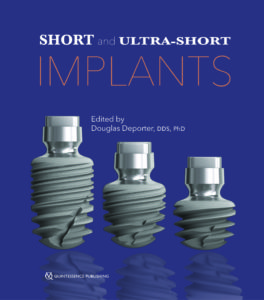
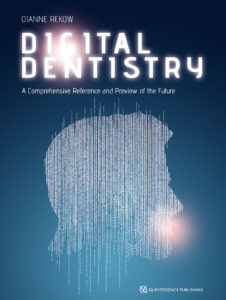
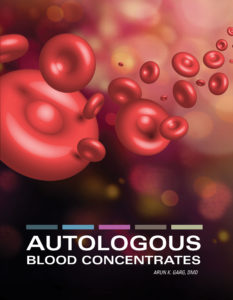
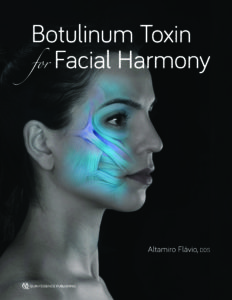
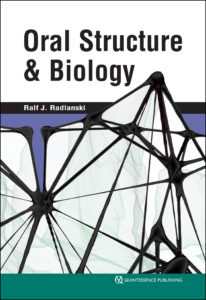
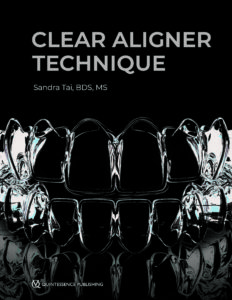


 Andreas Filippi, Prof Dr med dent, is Professor, Senior Physician, and Deputy Head at the Department of Oral Surgery, Oral Radiology, and Oral Medicine at the University Center for Dentistry of the University of Basel in Switzerland. He founded the Dental Accident Center in 2006 and the Center for Salivary Diagnosis and Drying of the Mouth in 2016. Prof Filippi is active in various professional societies and has published and lectured extensively in the fields of oral medicine and oral surgery.
Andreas Filippi, Prof Dr med dent, is Professor, Senior Physician, and Deputy Head at the Department of Oral Surgery, Oral Radiology, and Oral Medicine at the University Center for Dentistry of the University of Basel in Switzerland. He founded the Dental Accident Center in 2006 and the Center for Salivary Diagnosis and Drying of the Mouth in 2016. Prof Filippi is active in various professional societies and has published and lectured extensively in the fields of oral medicine and oral surgery. Irène Hitz Lindenmüller, Dr med dent, is Senior Assistant at the Department of Oral Surgery, Oral Radiology, and Oral Medicine at the University Center for Dentistry of the University of Basel in Switzerland, where she has been in charge of oral mucosa consultations since 2001. Since 2008, she has also practiced as an oral surgery specialist in an orthodontic practice. Dr Hitz Lindenmüller is active in the field of oral medicine and oral surgery as a speaker and author of numerous technical papers.
Irène Hitz Lindenmüller, Dr med dent, is Senior Assistant at the Department of Oral Surgery, Oral Radiology, and Oral Medicine at the University Center for Dentistry of the University of Basel in Switzerland, where she has been in charge of oral mucosa consultations since 2001. Since 2008, she has also practiced as an oral surgery specialist in an orthodontic practice. Dr Hitz Lindenmüller is active in the field of oral medicine and oral surgery as a speaker and author of numerous technical papers.